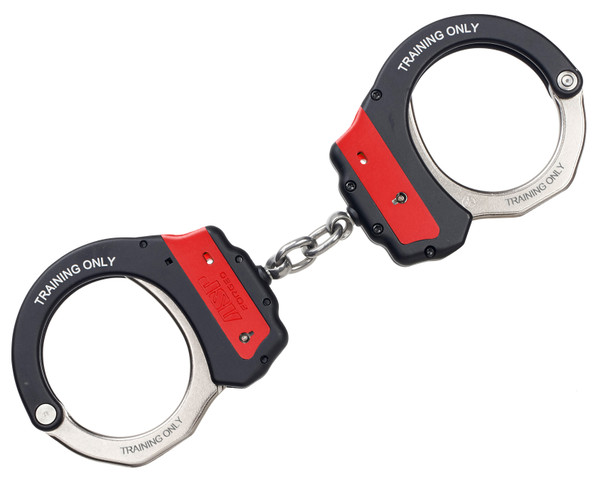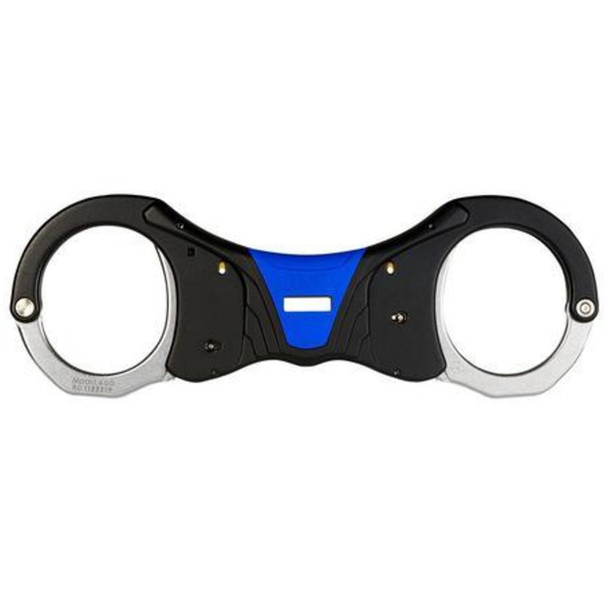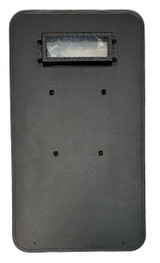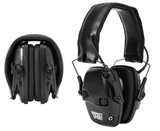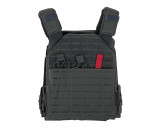Securing the Situation: Choosing the Right Handcuffs
Handcuffs are a vital tool for law enforcement officers, security personnel, and even some civilians with proper licensing. They serve as a temporary restraint during apprehensions, ensuring officer and suspect safety. With various handcuff options available, selecting the right ones for your needs is crucial. This guide delves into the key factors to consider when choosing handcuffs, empowering you to make an informed decision.
Understanding Handcuff Types:
- Hinge Cuffs: These are the most common type, featuring two rigid metal cuffs connected by a hinge and secured with a double-locking mechanism. They offer a balance of strength and ease of use.
- Chain Cuffs: Similar to hinge cuffs, but with a length of chain connecting the cuffs instead of a rigid bar. This allows for slightly more flexibility in positioning the cuffs.
- Rigid Shackle Cuffs: These cuffs utilize a solid bar instead of a chain or hinge, offering maximum rigidity for restraining individuals who might attempt to break free.
- Disposable Zip Cuffs: These lightweight, single-use cuffs are made of a strong, synthetic material. They are ideal for temporary restraint during short detentions or securing suspects during transport.
Choosing the Right Handcuffs
Here are some key factors to consider when selecting handcuffs:
- Legality and Regulations: In some areas, restrictions govern who can legally purchase and own handcuffs. Always check your local laws and regulations before making a purchase.
- Material and Durability: Handcuffs are typically constructed from high-strength steel or aluminum. Look for cuffs with a nickel or black oxide finish for enhanced corrosion resistance.
- Double-Locking Mechanism: A double-locking mechanism prevents accidental release and ensures the cuffs remain secure.
- Comfort and Fit: While security is paramount, handcuffs should also be reasonably comfortable for the restrained individual. Look for cuffs with smooth edges and rounded components to minimize discomfort.
- Size and Adjustability: Handcuffs come in various sizes to accommodate different wrist thicknesses. Some models offer adjustable features for a more universal fit.
Beyond the Basics:
- Handcuff Holsters: A secure and accessible holster allows for quick and easy deployment of handcuffs when needed.
- Key Management: Always carry spare handcuff keys on your person or store them in a designated location accessible to authorized personnel.
- Training and Use of Force: Proper training in handcuffing techniques and use-of-force protocols is essential for ensuring officer and suspect safety during apprehensions.
Battlesteel: Your One-Stop Shop for Security Solutions
Battlesteel offers a comprehensive selection of high-quality handcuffs from trusted brands. Whether you're a law enforcement professional, security officer, or civilian requiring handcuffs for legal purposes, Battlesteel has the perfect option to suit your needs. Their knowledgeable staff can assist you in choosing the right handcuffs based on your specific requirements and legal regulations.
Visit the Battlesteel store today to browse their extensive selection of handcuffs and other security products! Invest in the tools you need to maintain order and safety in any situation.
Recent Posts
-
Understanding Ballistic Shield Ratings and Their Applications
The Trusted Name in Tactical Defense - BattleSteel® When it comes to protecting those who protect us …2025-04-19 -
The Importance of Hearing Protection in Tactical Environments
The Legacy of BattleSteel® BattleSteel® is a trusted name in the world of tactical defense equipment …2025-04-14 -
How to Properly Fit and Wear a Plate Carrier
About BattleSteel and Their Mission BattleSteel is a trusted name in the tactical gear industry, ren …2025-04-11
